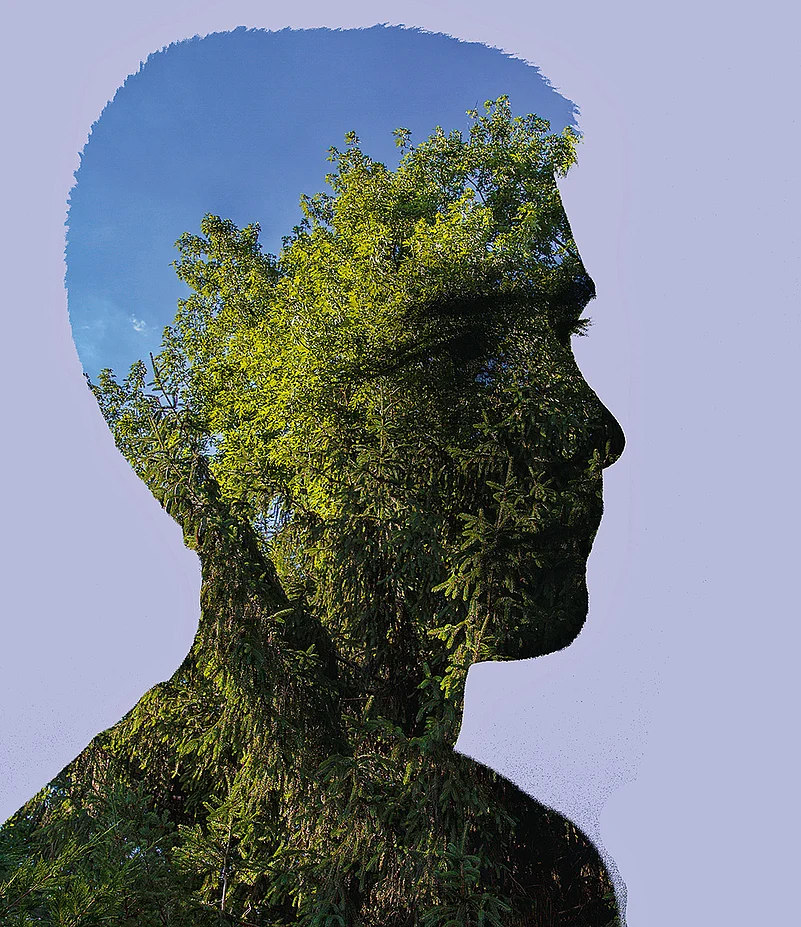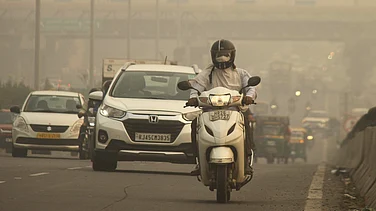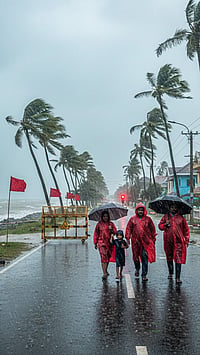Climate change is no longer something that’s looming in the distant future. From more intense heatwaves and unpredictable rainfall to rising sea levels and frequent natural disasters, the planet is undergoing rapid transformation.
What was once a conversation focused mainly on melting glaciers and endangered species has now expanded into a broader crisis, touching nearly every aspect of human life. Yet, while the environmental and economic consequences have become central to global discussions, one crucial dimension remains underexplored: the psychological toll, especially on young people.
Young people today are far more aware of the world around them. They are hyper-connected through the internet and social media, receiving real-time updates on climatic disasters. This constant exposure to distressing news not only creates a sense of urgency, but also a feeling of helplessness.

The emotional impact of this is now being recognised with terms like “eco-anxiety,” “climate grief” and “climate trauma” becoming part of the public vocabulary. These are not passing worries—they are deep-rooted fears about an unstable future and a planet in crisis.
Young and Vulnerable
Global temperatures have risen by about 1.1°C from pre-industrial levels, unleashing a chain reaction of consequences: melting ice cover, rising sea levels, shifting weather patterns and frequent natural disasters.
According to the Intergovernmental Panel on Climate Change (IPCC), over 3.6bn people live in areas considered highly vulnerable to climate-related impacts. For those in these regions, the threat is not abstract—it’s personal, immediate and unavoidable.

India offers a powerful example of how these global trends play out at the national level. With a population of over 1.4bn, many of whom are young and living in urban or climate-vulnerable rural areas, the effects of environmental instability are amplified.
In a country where access to quality health care—especially mental health support—is already limited, the psychological fallout from climate change presents a growing public health concern.
Youth in India, like their counterparts around the world, are navigating a challenging world filled with change, uncertainty, and self-discovery. The added weight of environmental collapse only increases stress and emotional strain. And unlike physical injuries, these mental health effects are harder to see, easier to dismiss and often go untreated due to stigma or lack of awareness.

Around the World
Climate change affects everyone, but not in the same way. While it is undeniably a global crisis, its impacts vary widely depending on geographies. What makes it even more complex is that these effects are not confined to rising temperatures alone—they manifest in extreme weather events, food and water insecurity, disappearing ecosystems, and an increase in non-communicable diseases.
For young people living through it, the consequences go far beyond what is visible in news headlines. Across the world, the climate crisis is becoming more severe and more personal.
In India, cities like Mumbai and Chennai are already dealing with increased flooding during high tides and storms. These floods don’t just damage infrastructure—they disrupt daily life, displace families and create an indelible mark. For young people growing up in these geographies, the constant fear of catastrophe in the horizon looms large.
The world is seeing a sharp rise in the number of extreme weather events. Hurricanes, cyclones, wildfires and heatwaves are becoming more frequent and more devastating.

India has its own share of climatic extremes. States like Odisha and West Bengal regularly face destructive cyclones. On the other hand, states like Rajasthan and Maharashtra deal with prolonged droughts and water scarcity. These events leave deep emotional wounds—especially for children and youth who witness the destruction of their homes and communities.
Climate change is seriously disrupting rainfall patterns. Some places are getting less rain, while others are getting too much all at once. This unpredictability is making traditional farming increasingly difficult.
India, with its large rural population and dependence on agriculture, is particularly vulnerable. When the monsoon is late or weak, entire communities suffer. Youth from these areas are caught between wanting to support their families and dreaming of a better, more stable life.

A Compounding Crisis
The planet’s ecosystems are under immense stress. Forests are shrinking, coral reefs are bleaching and animal species are vanishing.
While no country is immune to climate change, developing nations often face the disproportionate brunt. Limited resources, fragile infrastructure and lack of access to health services make it much harder to prepare for or recover from climate disasters.
In India, climate impacts are widespread—urban poor face frequent flooding, rural areas lack irrigation and early warnings and overstretched health care offers minimal mental health support. This persistent uncertainty is fuelling a growing sense of climate anxiety among young people.
Climate change intersects with issues like poverty, gender inequality and unemployment, intensifying their impact. In drought-hit areas, girls may leave school to support households, while displaced youth lose access to education. These disruptions contribute to social and emotional insecurity.























